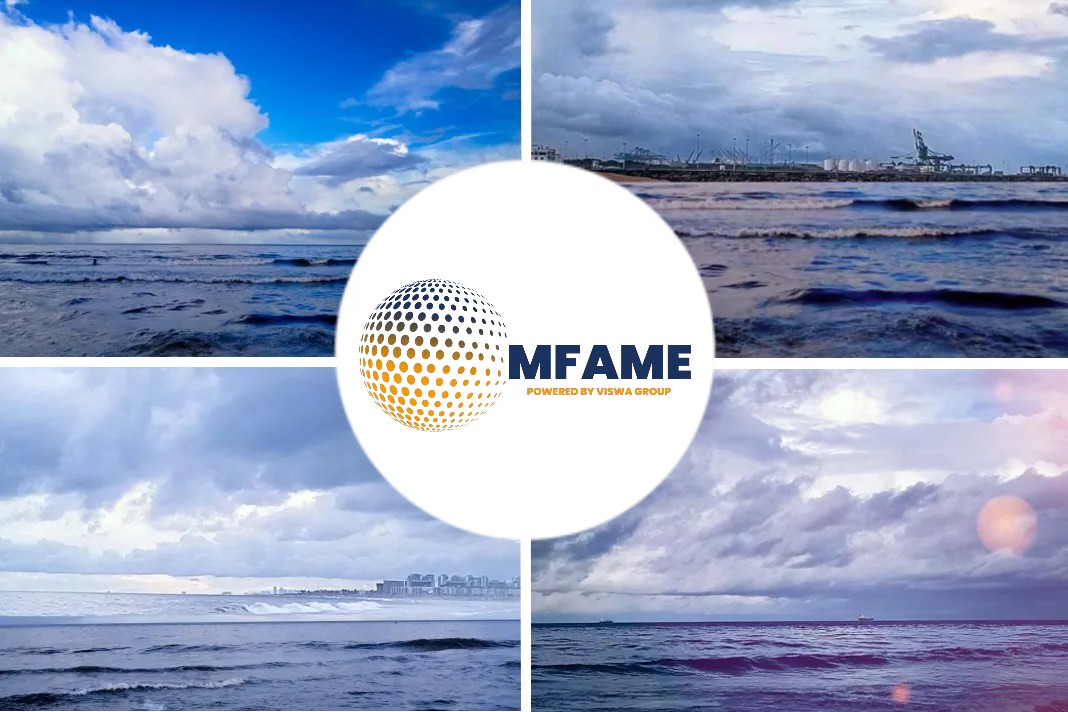
In the ever-evolving landscape of global shipping, mid-sized ocean carriers find themselves at a crossroads as they grapple with unprecedented challenges. Plunging freight rates, overcapacity, and a shifting market demand have forced these carriers, including Yang Ming, HMM, and Zim, to confront financial setbacks and chart new courses to secure their futures. The loadstar source.
- Mid-sized ocean carriers, including Yang Ming and HMM, grapple with losses as plunging freight rates and overcapacity challenge their profitability.
- Yang Ming adopts cautious growth strategies and plans route adjustments to enhance competitiveness.
- HMM and Zim implement service adjustments and cost-cutting measures to navigate market uncertainty and mitigate the impact of weak freight rates.
Challenging Climate
Mid-sized ocean carriers face financial turmoil as plunging freight rates and overcapacity disrupt their profitability, leading to losses and necessitating drastic network reconfigurations.
Growth Strategy
Taiwanese carrier Yang Ming reports a net loss of $4 million in the second quarter, marking a significant decline from its post-pandemic profitability. The company adopts a cautious approach to growth and plans route adjustments to enhance competitiveness.
Strategies for Market Uncertainty
HMM, a partner of THE Alliance, witnesses a collapse in freight rates, attributing the decline to overcapacity in the container shipping industry. The South Korean carrier emphasizes service adjustments and cost-cutting measures to navigate the uncertain market landscape.
Weakness in Freight Rates
Zim, ranked 10th in the global container rankings, issues a profit warning and adjusts its full-year guidance due to persistent weakness in freight rates. The carrier grapples with an operating loss projection and aims to manage challenges through a fleet of 132 vessels and strategic orderbook adjustments.
Did you subscribe to our daily newsletter
It’s Free! Click here to Subscribe!
Source-loadstar















![[Watch] A Christmas Tree Goes To Sea](https://mfame.guru/wp-content/uploads/2025/01/mfame-container-100x70.jpg)
